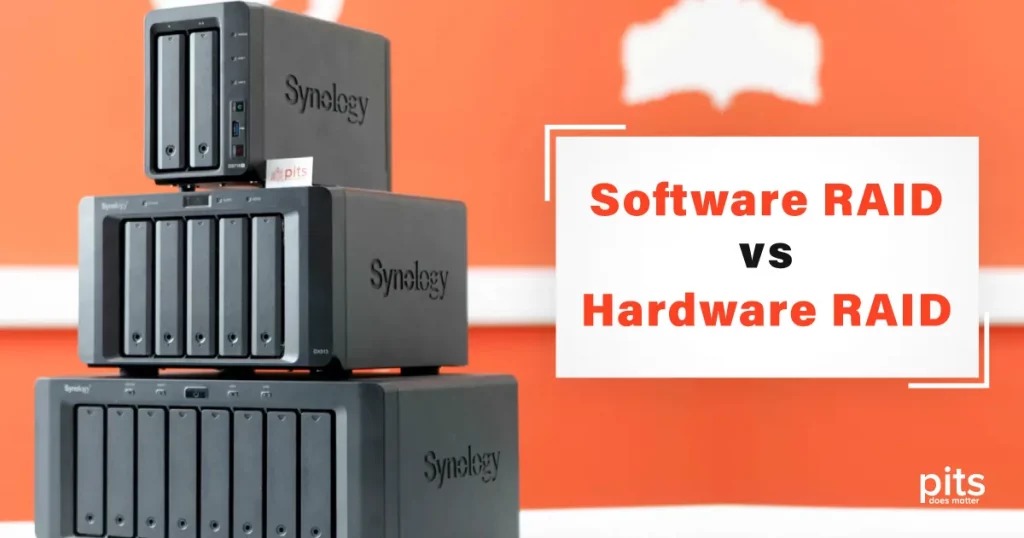In the world of data storage and protection, RAID (Redundant Array of Independent Disks) is a widely adopted technology. RAID offers increased data redundancy, improved performance, and enhanced fault tolerance. However, when implementing RAID, one crucial decision arises: whether to choose software RAID or hardware RAID. In this blog post, we will delve into the concepts of software and hardware RAID, understand how they work, explore their benefits, and compare their features to help you make an informed decision for your data storage needs.
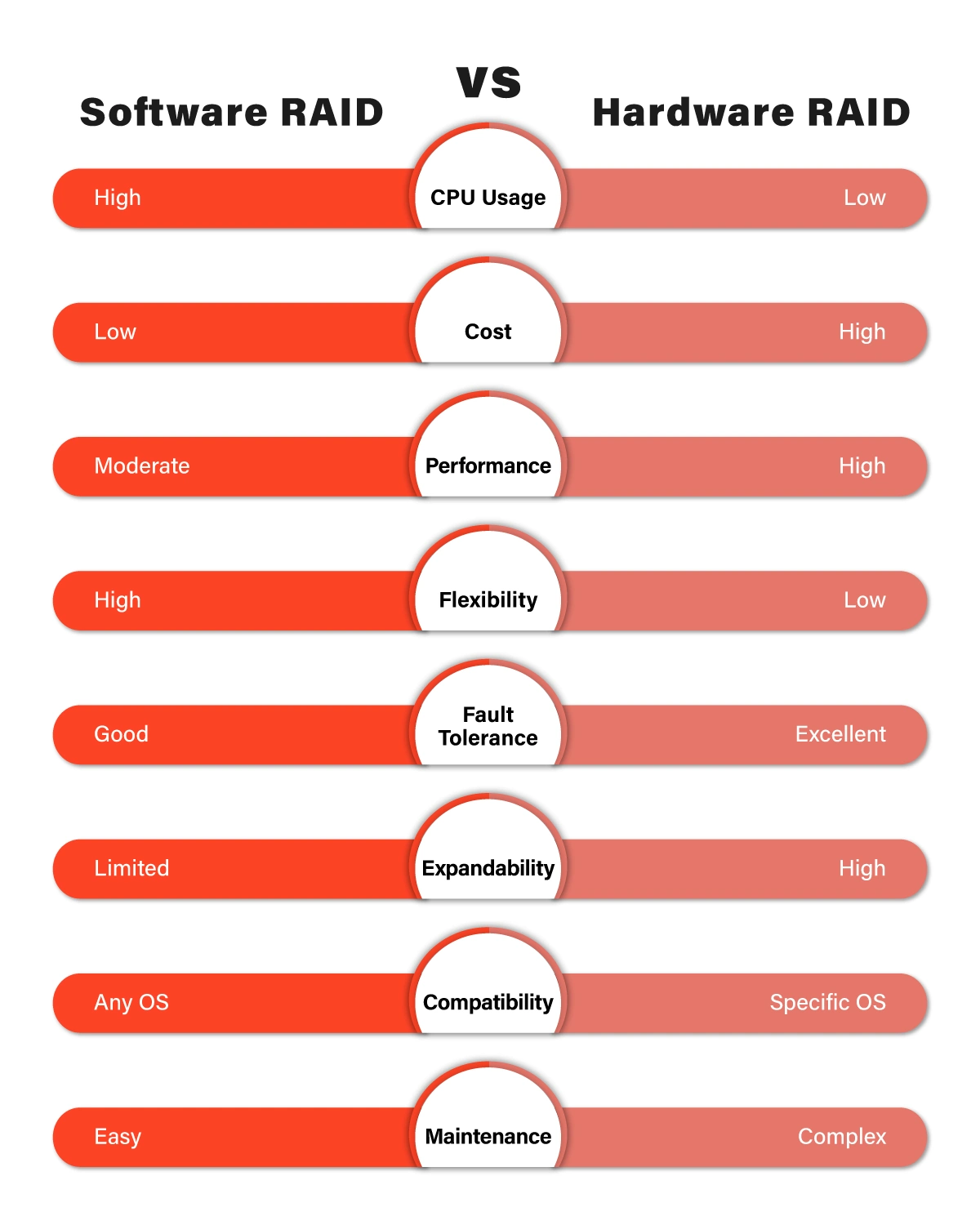
Understanding RAID
Before we dive into the comparison, let’s establish a basic understanding of RAID. RAID is a data storage technology that combines multiple physical disks into a single logical unit. By distributing or replicating data across the disks, RAID offers increased performance, fault tolerance, and data protection. RAID configurations are classified into different levels, including RAID 0, RAID 1, RAID 5, RAID 10, and more, each offering specific features and benefits.
RAID, or Redundant Array of Independent Disks, is a method of combining multiple physical hard drives into a single logical unit to provide improved performance, data redundancy, and fault tolerance.
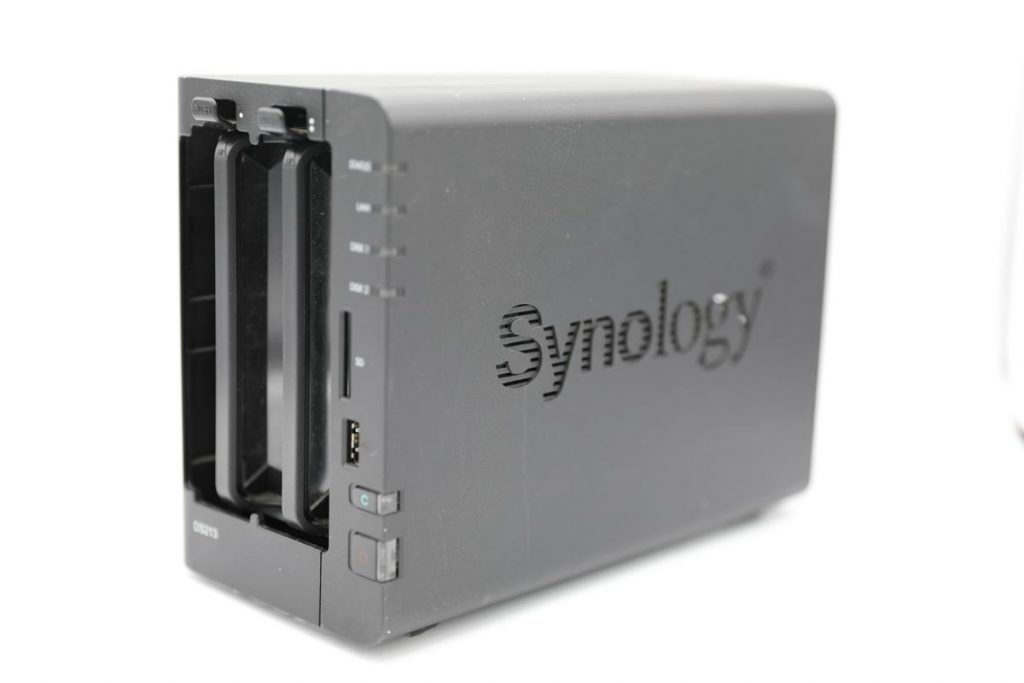
RAID allows data to be distributed or replicated across multiple disks, enhancing data protection and access speed. RAID works by utilizing either software or hardware to manage the RAID configuration. The RAID controller, either in software or hardware form, facilitates the distribution or replication of data across the drives. This technology allows for improved performance through parallel read and writes operations, as well as redundancy for data protection in case of disk failure.
Software RAID
Software RAID is a RAID implementation that relies on the processing power of the host system’s CPU to manage the RAID arrays. It utilizes the operating system and dedicated software to virtualize multiple independent hard disks into a single RAID volume. Software RAID offers several advantages, including lower cost, flexibility, and compatibility with various hardware configurations. It can be implemented on standard server hardware without the need for specialized RAID cards.
However, software RAID is dependent on the host system’s resources, and the CPU utilization can increase significantly during heavy read or write operations. This may impact the overall performance of the system. Moreover, software RAID may lack the advanced features and management capabilities found in hardware RAID solutions, such as hot-swapping drives or dedicated cache, for improved performance.
Benefits of Software RAID
- Cost-effective: Software RAID does not require additional hardware components, making it a more budget-friendly option.
- Flexibility: Software RAID can be easily configured and managed using software tools, allowing for more flexibility in adapting to changing storage needs.
- Compatibility: Software RAID is compatible with a wide range of hardware configurations and does not require specific RAID controller cards.
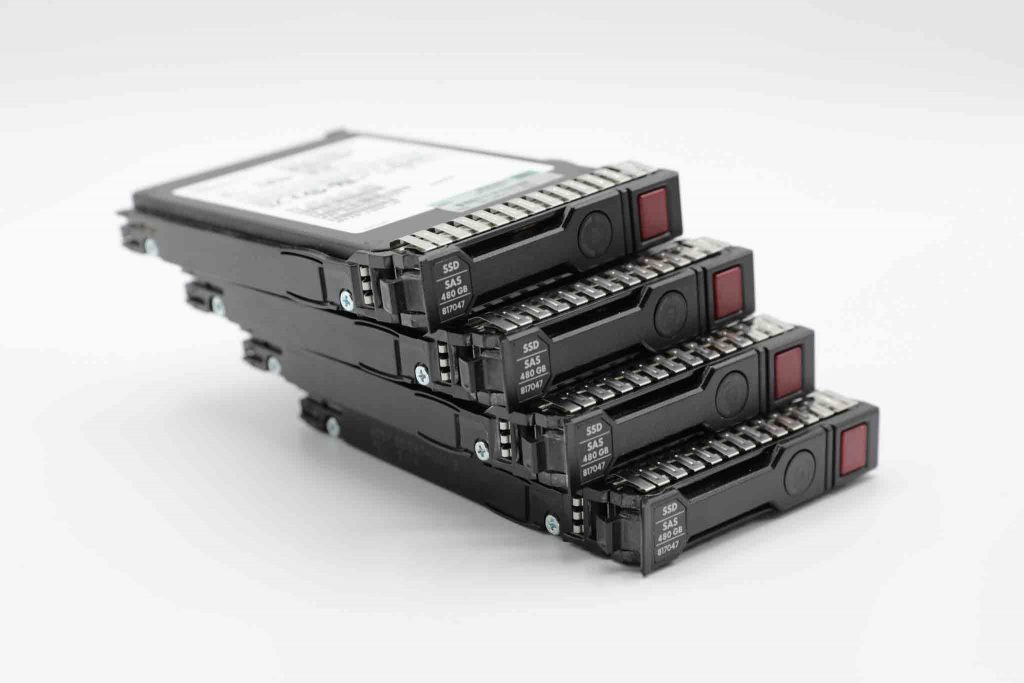
Hardware RAID
Hardware RAID, on the other hand, utilizes a dedicated RAID controller card to manage the RAID configuration and operations. The hardware RAID controller handles the processing and management of the RAID arrays independently of the host system’s CPU. This offloads the processing burden from the main CPU and provides dedicated hardware resources for handling RAID operations.
One of the primary advantages of hardware RAID is its superior performance. The dedicated controller card can handle RAID calculations efficiently, resulting in improved read and write speeds. Hardware RAID also offers advanced features like hot-swapping, battery-backed cache, and support for various RAID levels. These features enhance data protection and system reliability.
However, hardware RAID often comes at a higher cost compared to software RAID. The need for a separate RAID controller card and specific hardware compatibility may limit its flexibility and increase the overall investment required for implementing RAID.
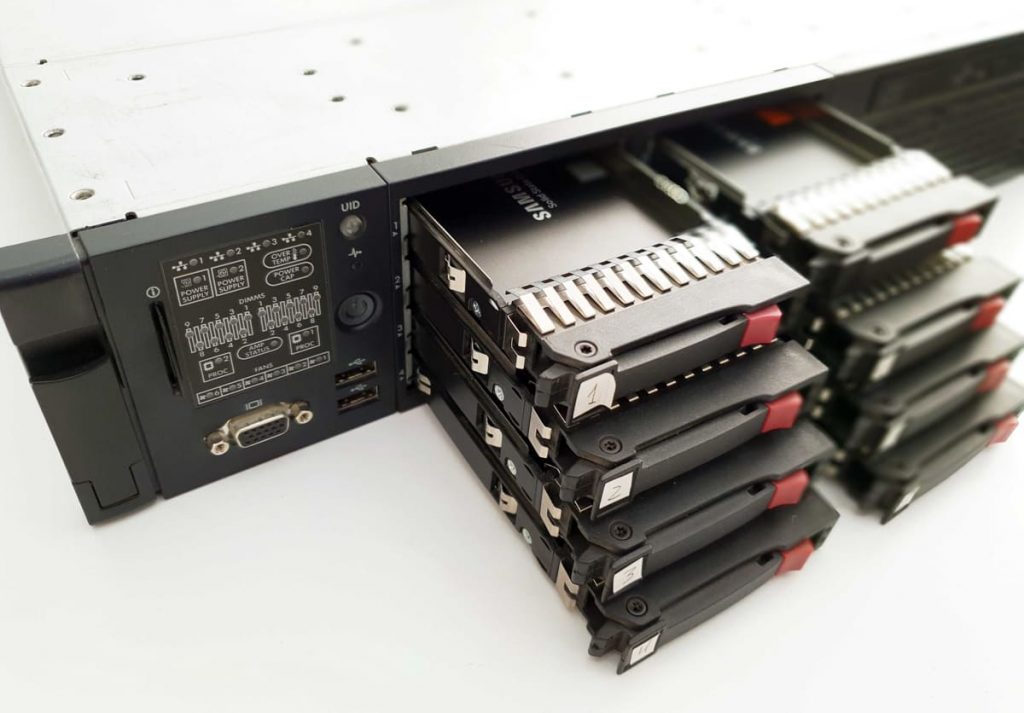
Benefits of Hardware RAID
- Performance: Hardware RAID can deliver higher performance, as the dedicated RAID controller card is designed to handle the RAID operations, freeing up the host system’s CPU.
- Fault tolerance: Hardware RAID offers enhanced fault tolerance and data protection, as the RAID controller card can provide advanced features such as hot-swapping failed drives and performing real-time data recovery.
- RAID management: Hardware RAID solutions often come with their own management interfaces or software, providing a centralized and user-friendly way to configure and manage the RAID arrays.
Software RAID vs. Hardware RAID
When comparing software RAID and hardware RAID, several factors come into play:
- Processing Power: Software RAID relies on the host system’s CPU for processing, which may impact overall system performance during high RAID activity. Hardware RAID, on the other hand, offloads the processing to the dedicated RAID controller card, minimizing the impact on the host system.
- Data Protection: Both software and hardware RAID offer data protection through redundancy. However, hardware RAID often provides more advanced features for fault tolerance and real-time data recovery.
- RAID Configuration: Software RAID allows for easy configuration and management using software tools, while hardware RAID relies on a dedicated RAID controller card and its associated management interfaces.
- Cost: Software RAID is generally more cost-effective, as it does not require additional hardware components. Hardware RAID, due to the need for dedicated RAID controller cards, can be more expensive.
- Compatibility: Software RAID is compatible with a wide range of hardware configurations, while hardware RAID requires specific RAID controller cards and may have compatibility limitations.
In conclusion, both software RAID and hardware RAID have their own strengths and considerations. Software RAID provides flexibility and cost-effectiveness, making it suitable for entry-level or small-scale storage needs. Hardware RAID offers higher performance, advanced data protection features, and convenient management interfaces, making it ideal for demanding enterprise environments or critical data storage requirements.
Ultimately, the choice between software and hardware RAID depends on factors such as budget, performance requirements, scalability needs, and the level of data protection desired. Assessing these factors will help you make an informed decision that aligns with your specific storage needs and budget constraints.
Frequently Asked Questions
What is the difference between software RAID and hardware RAID?
Software RAID is a technique that utilizes the operating system to manage and control RAID functionality, while hardware RAID employs a dedicated RAID controller to handle the RAID operations independently of the host system.
Which one offers better performance, software RAID or hardware RAID?
Generally, hardware RAID tends to offer better performance than software RAID. Hardware RAID controllers have specialized processors and cache memory, enabling faster data handling and improved overall performance.
What are the advantages of software RAID over hardware RAID?
Software RAID has several advantages over hardware RAID. It is typically more cost-effective as it doesn’t require additional hardware. Software RAID is also more flexible, allowing for easy configuration and management, and it can be implemented on a wider range of systems.
What are the advantages of hardware RAID over software RAID?
Hardware RAID has its own set of advantages. It offloads the RAID processing from the host CPU, resulting in improved system performance. Hardware RAID also provides better reliability, as it operates independently of the host system and can have redundant components, such as multiple RAID controllers and power supplies.
Which RAID solution is recommended for different scenarios?
The choice between software RAID and hardware RAID depends on the specific requirements and constraints of the scenario. Software RAID is often suitable for small-scale deployments, home or small office setups, and environments with budget constraints. On the other hand, hardware RAID is recommended for enterprise-level deployments, high-performance systems, and scenarios that demand maximum reliability and scalability.
